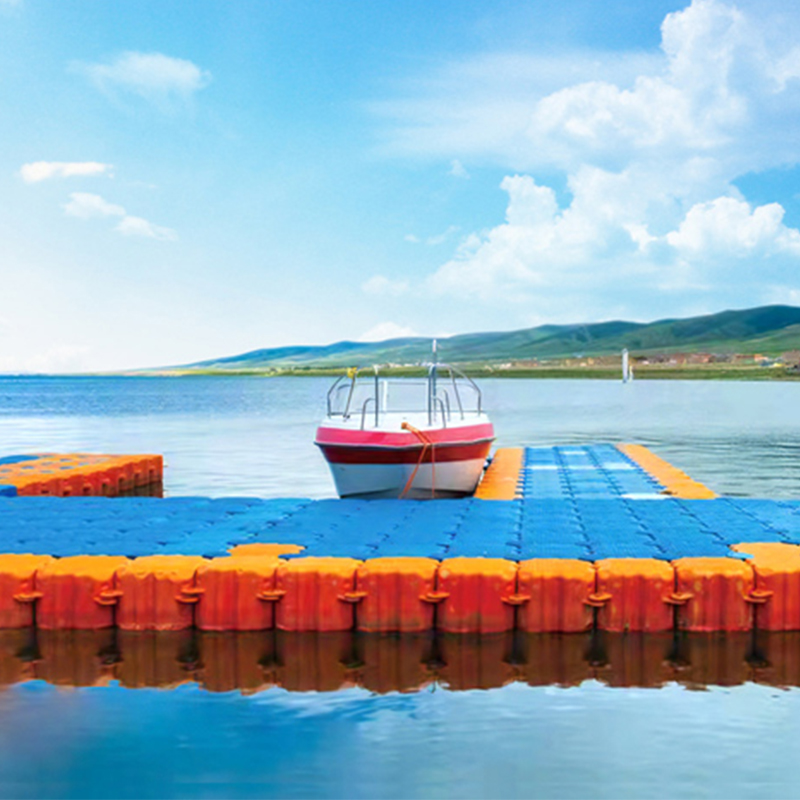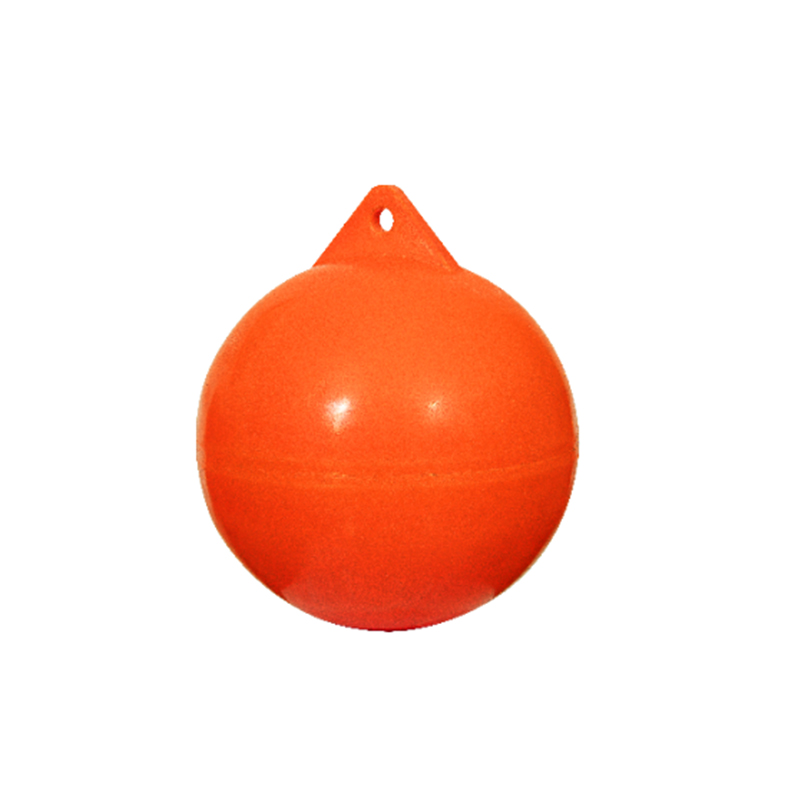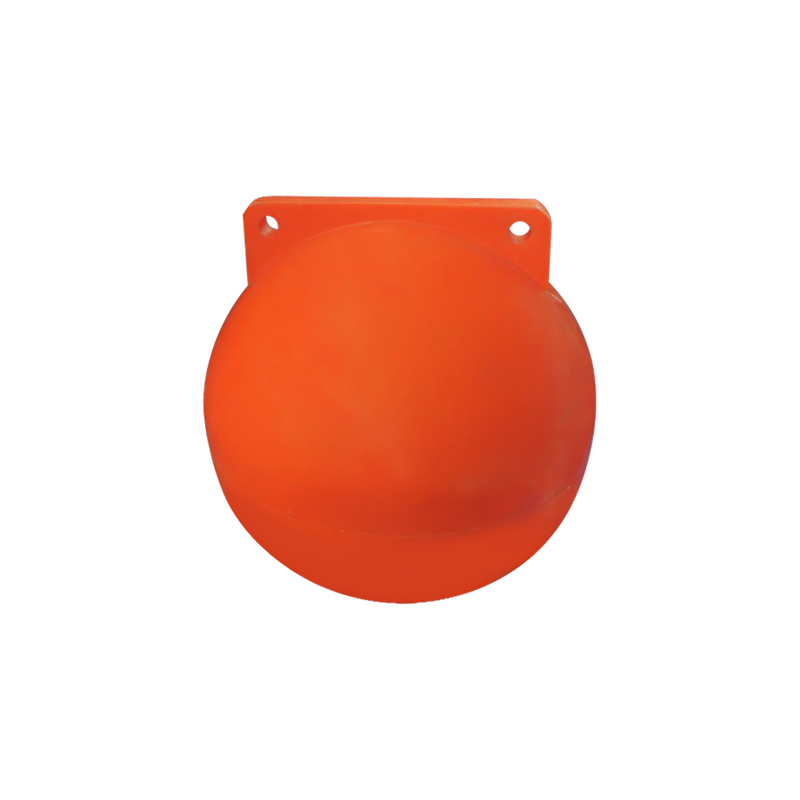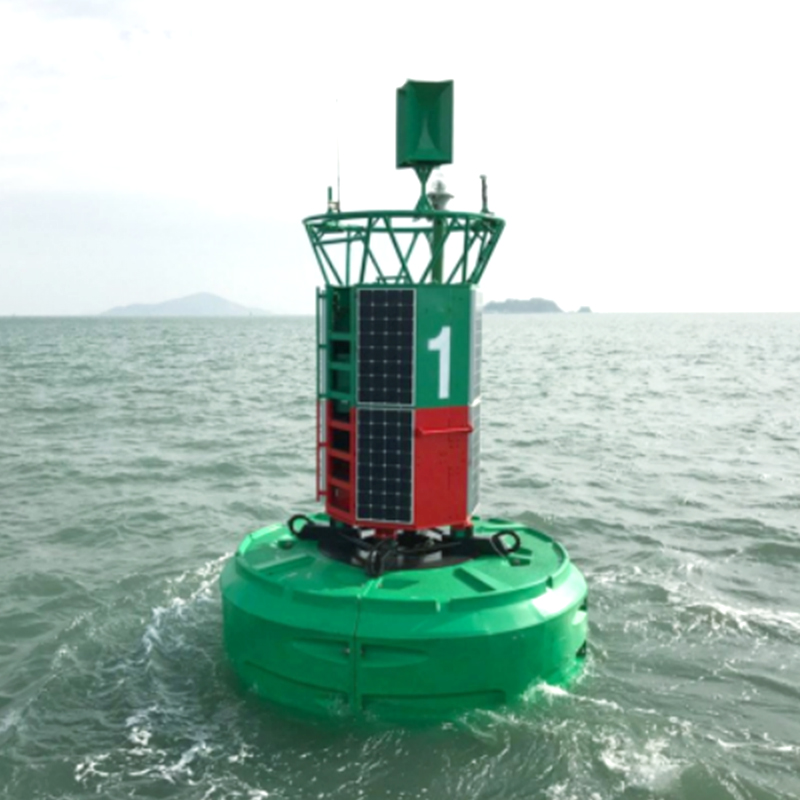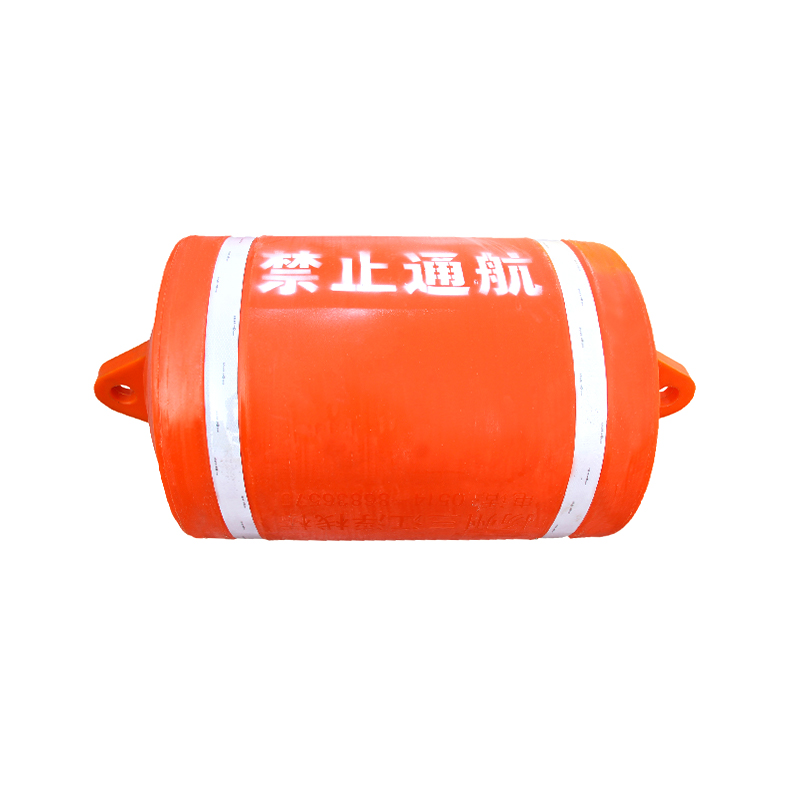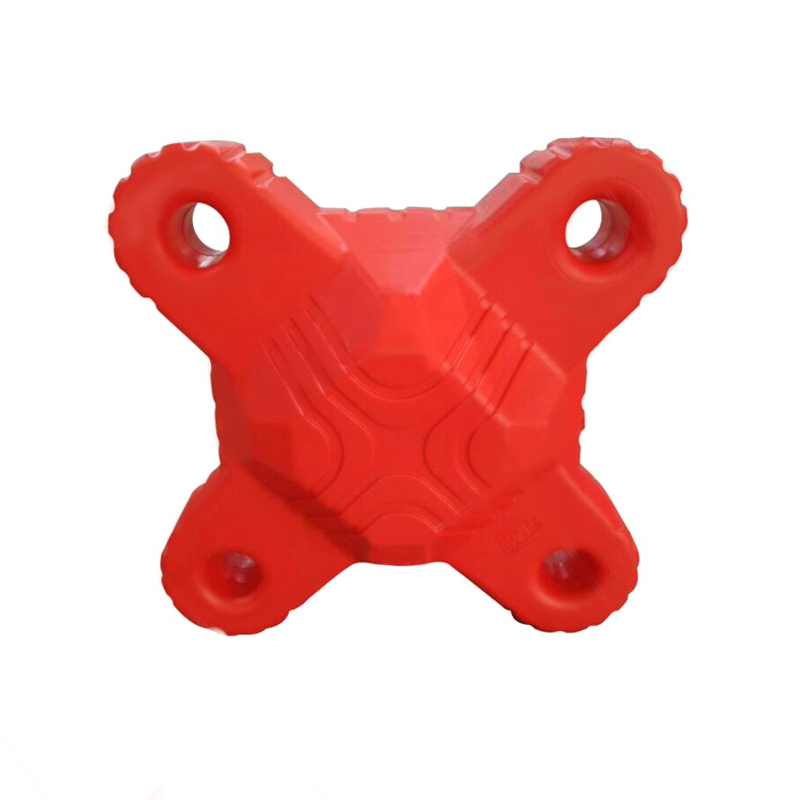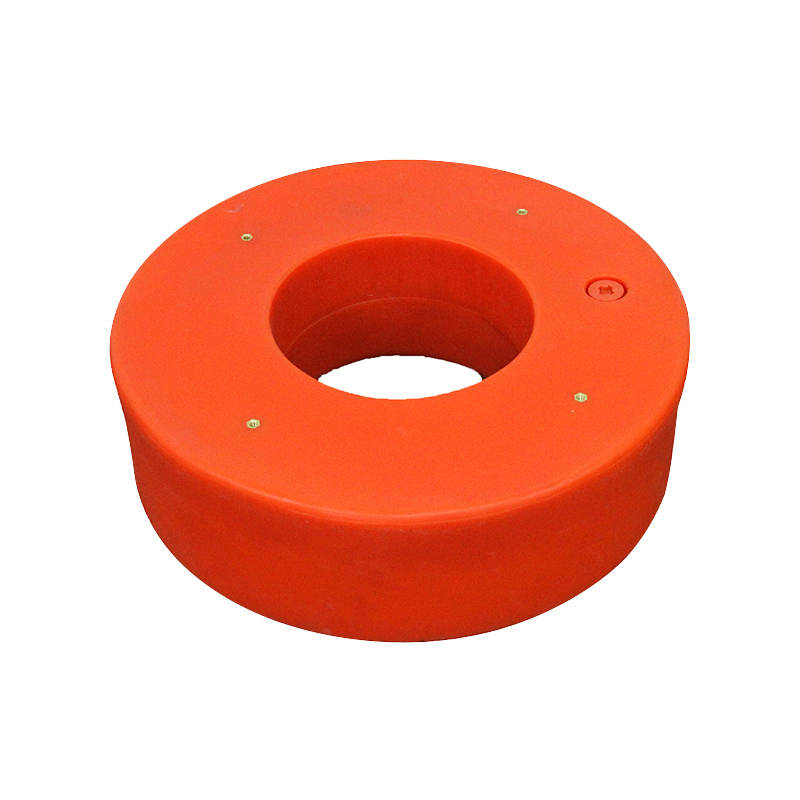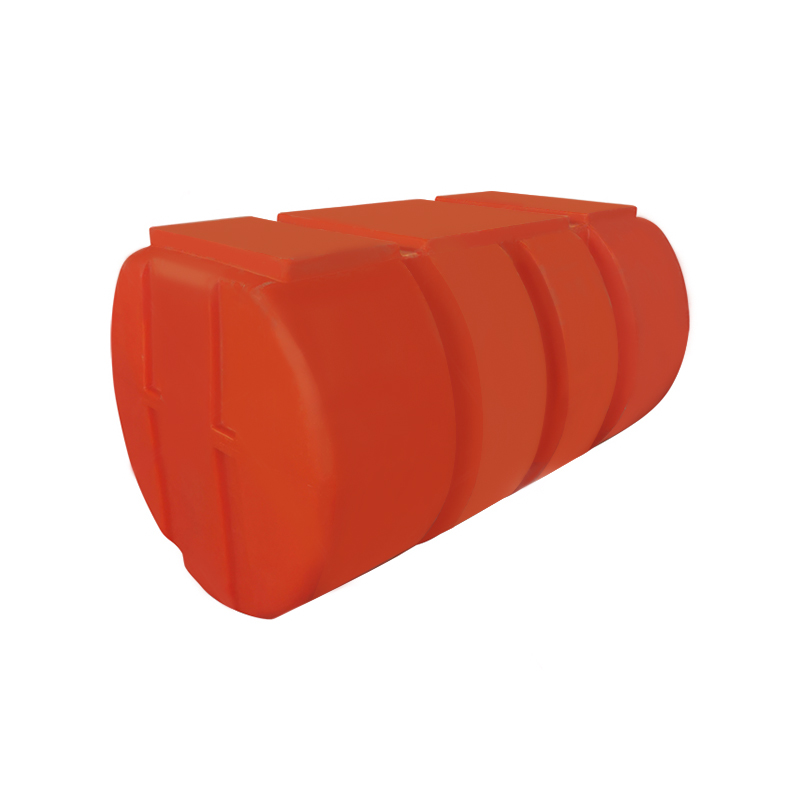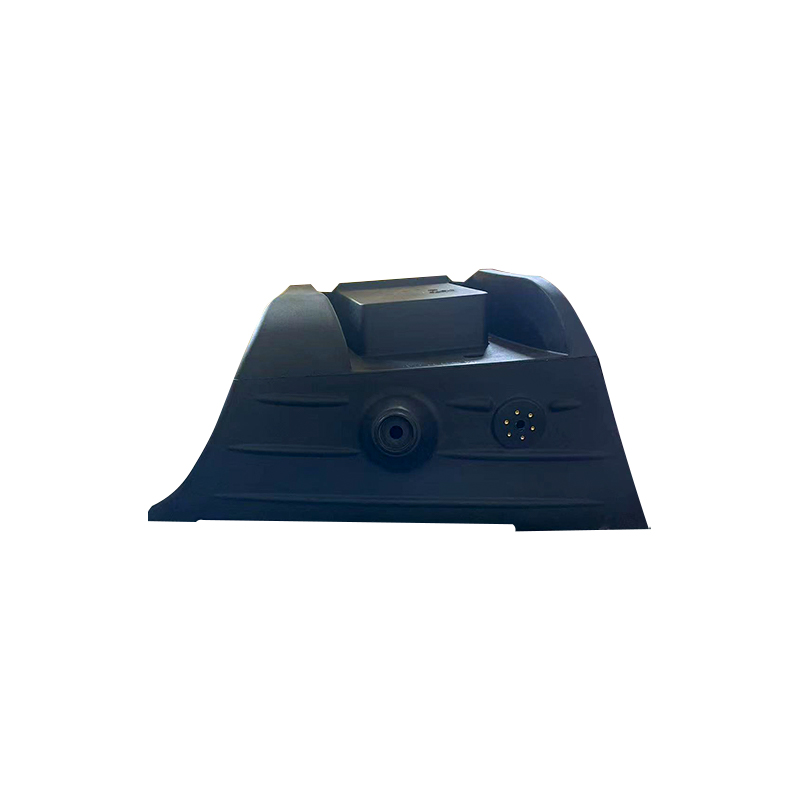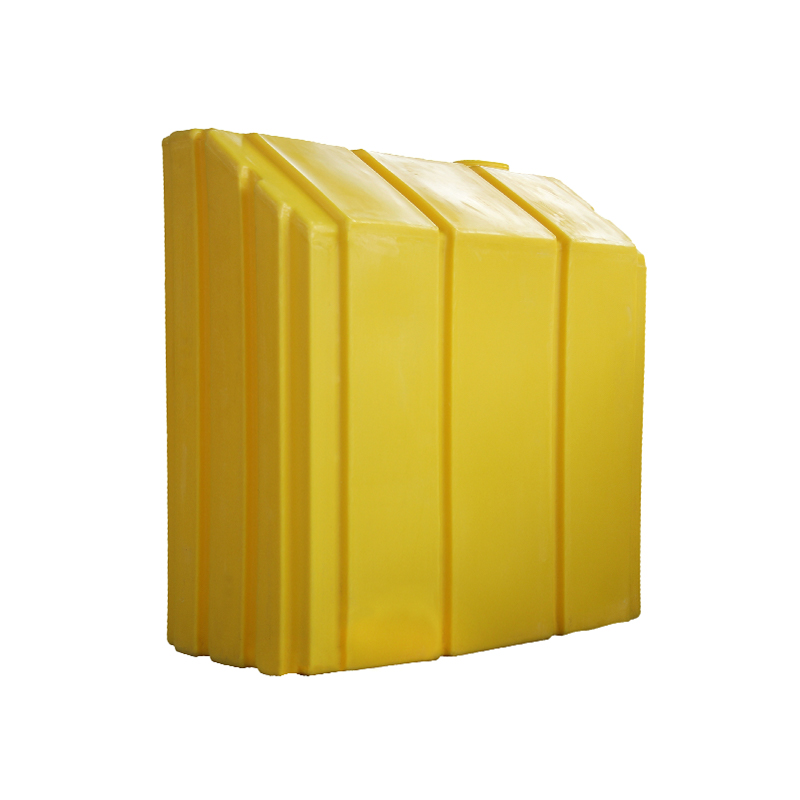Improving fish farming efficiency: Aquaculture Barrel's innovative approach
Introduction
The global aquaculture industry has been experiencing significant growth due to the increasing demand for fish and seafood products. Traditional fish farming methods often face challenges such as low efficiency, high labor costs, and environmental concerns. Aquaculture Barrels have emerged as an innovative solution to address these limitations, offering improved efficiency, sustainability, and scalability in fish farming.
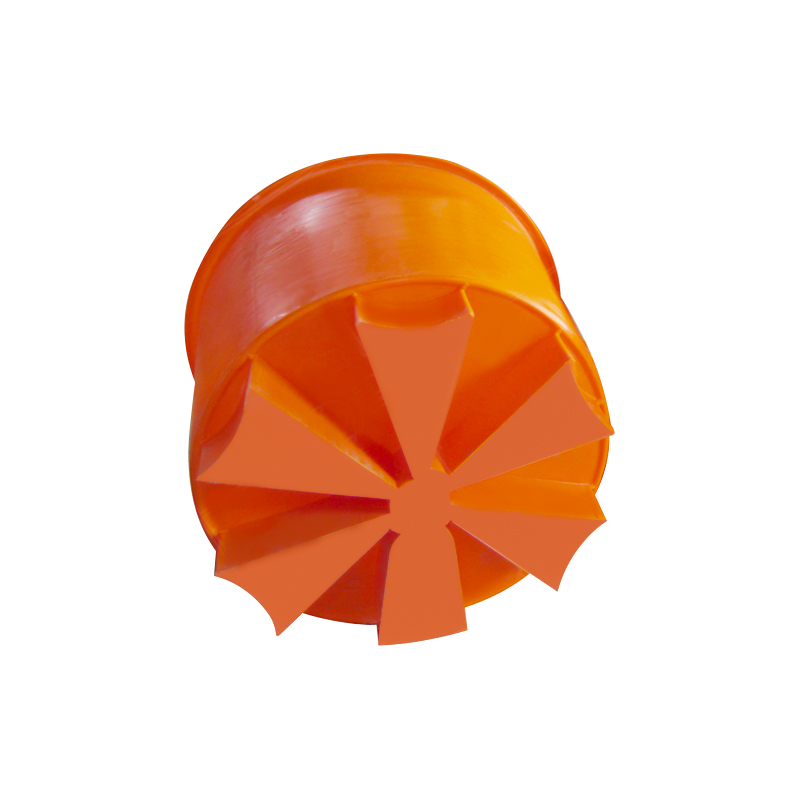
Understanding Aquaculture Barrels
Definition
Aquaculture Barrels are specially designed containers used for intensive or semi-intensive fish farming. They provide a controlled environment for fish, ensuring optimal water quality, oxygen levels, and nutrient availability.
Materials and Specifications
Common materials include high-density plastic, composite materials, and stainless steel. The choice of material affects durability, maintenance, and cost. Barrel sizes can range from 100 liters to over 2000 liters, depending on the type and scale of aquaculture operations.
Core Functions
These barrels are designed to:
- Maintain stable water conditions
- Provide sufficient oxygen and aeration
- Facilitate waste removal and water circulation
Innovative Designs for Increased Efficiency
Optimized Recirculating Water Systems
Modern Aquaculture Barrels integrate advanced recirculating water systems (RAS) with built-in filters, aerators, and temperature control mechanisms. This reduces water usage and energy costs while maintaining a healthy environment for fish.
Intelligent Monitoring Systems
Smart aquaculture barrels can monitor water parameters in real-time, including pH, dissolved oxygen, and ammonia levels. Automated feeding and health monitoring help reduce labor costs and minimize human error.
Modular Design
The modular approach allows farmers to scale up operations easily by connecting multiple barrels. It also simplifies transportation, cleaning, and maintenance.
Eco-Friendly Materials
Using non-toxic, corrosion-resistant materials ensures fish health and extends the lifespan of barrels, reducing long-term operational costs.
Case Studies
Several commercial aquaculture operations have successfully implemented Aquaculture Barrels:
| Location | Species | Production Improvement | Survival Rate |
|---|---|---|---|
| Netherlands | Tilapia | +25% | 95% |
| China | Catfish | +30% | 92% |
| USA | Salmon | +20% | 97% |
Challenges and Future Development
Current Limitations
Despite their advantages, Aquaculture Barrels still face challenges, including initial investment costs, limitations in intelligent automation, and adaptation to varying environmental conditions.
Future Directions
Integration with Internet of Things (IoT), big data, and AI can enhance efficiency and predictive management. Policies promoting sustainable aquaculture also support the adoption of innovative barrel-based systems


 English
English عربى
عربى

